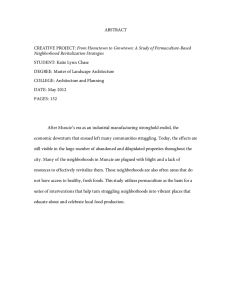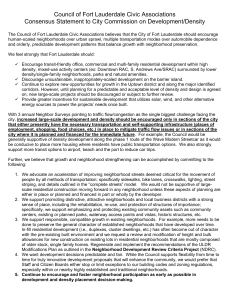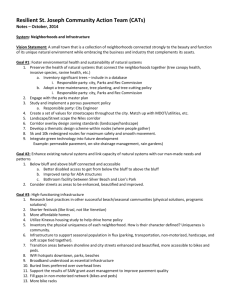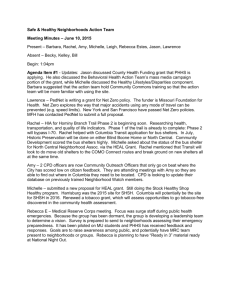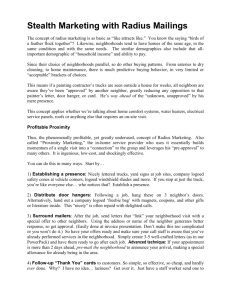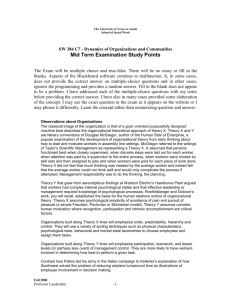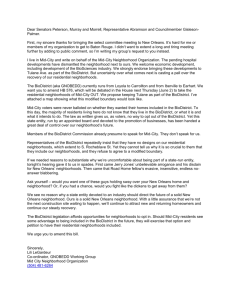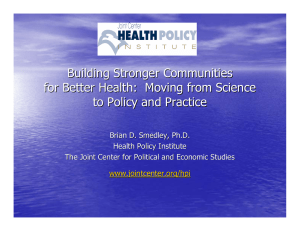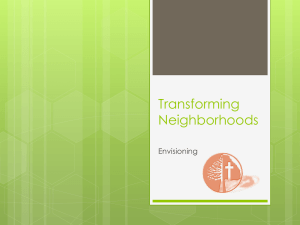Fried chicken and fresh apples presentation
advertisement
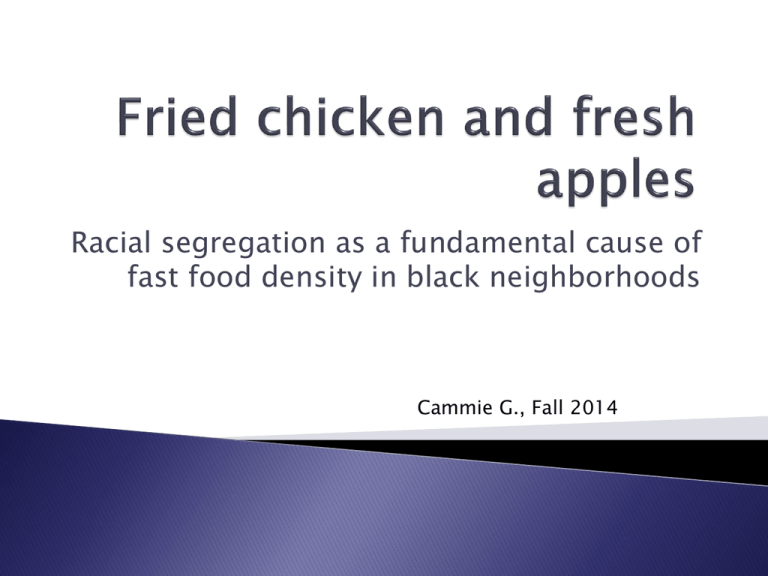
Racial segregation as a fundamental cause of fast food density in black neighborhoods Cammie G., Fall 2014 Essay by Naa Oyo A. Kwate Published in Health & Place in 2008 Examines the relationship between racebased residential segregation and density of fast food restaurants. We already know that fast food is terribly unhealthy. Obesity has increased at a steady rate across all demographics in the US but is highest among disadvantaged groups. ◦ “Between 1971-1974 and 1999-2000, prevalence of obesity among Black women of medium education rose from 20.7% to 54.4% and from 16.1% to 22.6% among their male counterparts.” ◦ “Class 3 obesity (extreme obesity) is also highest among Black women, with 6% prevalence in 2000, compared to 2.2% among White women.” Areas with more fast food restaurants have higher morbidity and mortality and coronary syndromes. Black neighborhoods in the US often share characteristics with food deserts where “it is easier to get fried chicken than a fresh apple” because there is not adequate access to supermarkets and a saturation of fast food. Kwate identifies that “fast food may be dense in Black neighborhoods due to the downstream effects of segregation through four pathways.” ◦ ◦ ◦ ◦ Population Characteristics Economic Characteristics Physical infrastructure Social processes Segregation ◦ Concentration of African Americans in general ◦ Concentration of low income in particular Both populations are targeted by fast food companies Poor retail areas ◦ Less competition ◦ Low rent Labor surplus ◦ ◦ ◦ ◦ Access to constant supply Jobs are simplified Unskilled labor Low costs Zoning- laws outline what kinds of buildings can be constructed and where ◦ Those with money, political power, and connections are more likely to be able to influence which business are able to open in their neighborhoods while those without don’t. Neighborhood features ◦ Black neighborhoods tend to be “burdened with negative neighborhood features such as deteriorated housing, disorder, and vacant lots. ◦ Buildings are “fortified” for a sense of security with things such as metal shutters and bulletproof glass. This further marks the neighborhood as “the ghetto” furthering the prevalence of fast food. ◦ Black neighborhoods are much less likely to have buildings designated as landmarks which devalues them further and “fosters the dumping of unwanted land uses.” Neighborhood stigma Community political strength ◦ Black neighborhoods are often stigmatized as spaces inhabited by “undesirables”. ◦ Because they don’t fit the marketing profiles for more upscale retailers, some tend to shun the neighborhoods. ◦ Starbucks, which falls under the quick-service umbrella, historically attempts to attract urban professionals with disposable income. Typical marketing profiles would say that Black neighborhoods are not compatible with this. “Only with the reconfiguration of area demographics does Starbucks enter these communities, thus becoming ‘a beacon marking the transformation of a once-feared neighborhood to one safe for latte’” ◦ Even cities with large Black neighborhoods will find their representatives marginalized. Individual-level interventions ◦ Likely to be ineffective ◦ More likely to be implemented and funded because that’s what public policy makers and government officials are more receptive to. Attention needs to be given to the role of the food industry ◦ inequalities underlying the production of its markets ◦ Patterns in consumption Kwate, N. (2008). Fried Chicken And Fresh Apples: Racial Segregation As A Fundamental Cause Of Fast Food Density in Black Neighborhoods. Health & Place, 32-44.

